Yes we can combine politics and social media, and with the election season quickly coming upon us again, and the relationship between Politics and social media will be greater than any time before. On April 4, 2011, President Barack Obama announced his plans for re-election by sending out a YouTube video “It Begins with Us“, creating his official re-election website , e-mail blasts, and targeted text messages.
Politics and Social Media | President Obama’s 2008 precedent
President Obama was the greatest beneficiary of combining politics and social media in 2008. According to Mashable.com, Obama for America, as the campaign was known, won two top prizes at the Cannes Lion International Advertising Awards in 2009 in part for the campaign’s pioneering use of social media, which included the My.BarackObama.com social network and signing up for Twitter (which was still in its infancy at the time). I would expect all Presidential candidates, as well as many other savvy politicians, to increase their exposure by combining politics and social media.
Politics and Social Media | Tips for success
According to digital public affairs strategist Mark Blevis, here are a handful of tips on how to combine politics and social media properly during an election:
* Be real– when combining politics and social media by leaving Tweets or Facebook updates, don’t think in terms of ‘headlines’ or ‘sound bites’; rather talk to people. Be genuine and authentic, and they will follow you.
* Quality over quantity– you don’t have to post your every thought. Make your updates valuable, interesting, and unique for the public (even the fun ones). Also remember, everyone (your competitions, voters, the media) will be watching you, so think before you type political and social media views!
* Shareability– Tweets can be re-tweeted, photos uploaded to Flickr (and other photo sharing sites) can be linked-to or downloaded and used on other websites, videos uploaded to YouTube (and other video sharing sites) can be linked-to or embedded on other people’s web sites and social networking accounts (think Facebook). But that’s not enough. Make sure your website and blog makes it easy for others to announce updates on your site by putting “share this” icons (and the supporting functionality) on your site. You get bonus points if you make your content available under a Creative Commons license. Legally, content that is All Rights Reserved cannot be shared or republished without express written permission. It’s a copyright thing. Creative Commons allows you to specify the implicit conditions under which people can use/share your content, and this type of sharing is an essential part of combining politics and social media.
* Share other’s content– If you notice links to other people content or stumble on interesting articles, videos and photos, mention them and provide links form your website, blog and/or social networking accounts. It’s a great way to help your own community and get the attention of the people whose content you’re promoting. Plus, it shows that you’re on the lookout for great information. Combining politics and social media can help your message go ‘viral’ and become exposed to millions of potential voters.
* Digital Lawn Signs– Having accounts in many places is not enough. Despite what others may tell you, being there is not the equivalent of being in many places at the same time. You need to rely on your supporters to help raise attention about you and your candidacy. In fact, I suggest you should expect them to. But, you have to help them help you. This is where a concept I call digital lawn signs comes in. Digital lawn signs are images or image-overlays you can make available for supporters to use as their photos (sometimes called avatars) on their social media accounts. This means that everyone who supports you and has a Twitter account can change their Twitter photo to one you provide that says “Vote for Mark.” Everytime your follower Tweets, their network will see that image beside the Tweet. You can also do that for Facebook, YouTube, Flickr and websites. Create two or three slick badges, make them available for download from your website and provide instructions to help your supporters use the badges for their accounts. The result will be like traveling a street with campaign lawn signs. The combination of politics and social media will be inescapable. More importantly, invite your supporters to create badges and submit them to the campaign for a user-generated shareable content page. http://www.markblevis.com/10-social-networking-and-digital-media-tips-for-election-campaigns/
Expect to see a large amount of integration between politics and social media in this upcoming election.

